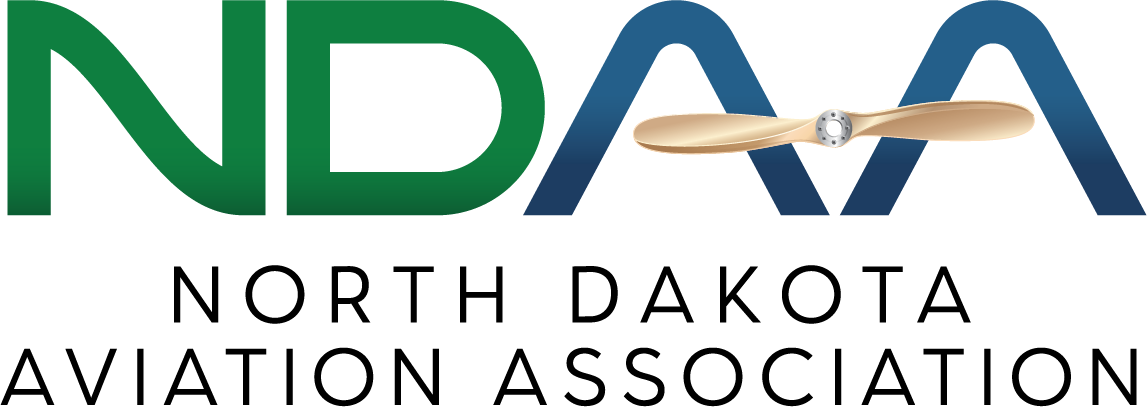 By Penny Rafferty Hamilton, Ph.D.
By Penny Rafferty Hamilton, Ph.D.
WASP Viola Thompson of North Dakota flew tow target planes at Camp Davis, North Carolina, in support of the World War II effort to train Army gunners. (photo wikicommons)
In 1942, Viola Thompson, on the left became North Dakota’s first woman to earn a commercial rating. By 1943, she had volunteered for the WASP and became North Dakota’s first woman to earn US Army Air Corps gold wings. WASP Mary Clifford was in Viola’s squadron.
Viola Thompson was born in 1914, near Fingal, ND. In her early years, her family moved to Fargo. Viola tagged along behind her older brother, Marnel, to watch airplanes at busy Hector Airfield. In 1939, Viola took her first one dollar plane ride. It was just a dollar more for flying lessons, and so her journey began. She attended business school and landed a good job, which supported her new aviation addiction.
By 1942, Viola was North Dakota’s first woman to earn a commercial flying ticket. Then, legendary female pilot Jackie Cochran and the newly formed Women Airforce Service Pilots (WASP) invited Viola to join them at Sweetwater, TX. In 1943, WASP Thompson graduated in the fourth class, earning her coveted Air Corps Gold Wings. She became North Dakota’s first woman to do so. 
Soon, Viola and other “Avenger Girls” WASP reported to duty at Camp Davis, NC, to form the new Target Tow Squadron. The gals had ill-fitting hand-me-down male mechanic uniforms called “zoot suits”. The women had to roll up the sleeves and pant legs to make them wearable.
The U.S. Army still considered these brave and patriotic women “civilians”. They were paid only $150 a month in training and $250 a month in service. Out of that, they had to pay the government $50 a month for room and board. When uniforms finally became available, the WASP paid $12.50 each for the “General’s Tan” trousers and about $10 each for the white shirts. Soon, the iconic Santiago Blue WASP uniform Jackie Cochran designed became available to purchase for dress with berets.
Viola’s day started at 6:45 a.m. with calisthenics. By 7:15 a.m., it was back to the barracks to change to flying clothes and march to breakfast. Once at the airfield, they entered the “WASP Nest” briefing room for the review on the flying course and assignments. They had to fly back and forth hour after hour, making precise turns while being shot at from the ground.
Viola flew Curtiss Helldivers and Curtiss A-25 Shrike as her tow planes to train new male gunnery students on the ground shooting live ammo. She hoped the guys shooting were a quick study and had a steady aim to actually hit the canvas target she was towing and not her plane! These planes were known to be challenging and unpopular with carrier pilots. In late 1944, the U.S. military shut down the WASP program. Because they were not considered “service members,” they paid for their own transportation home. For years, their heroic and patriotic service was overlooked and forgotten.
After World War II, Viola married Robert Mason. They moved to Alaska where Viola earned her seaplane rating and joined the Civil Air Patrol. As we approach the September 2020 75th anniversary of the end of World War II, let us honor all those North Dakotans of our Greatest Generation.
Dr. Hamilton is writing a new book, Inspiring Words For Sky and Space Women: Advice from Historic and Contemporary Trailblazers, which is filled with unique “her” stories.


